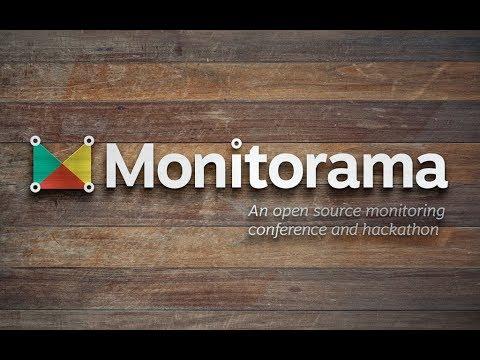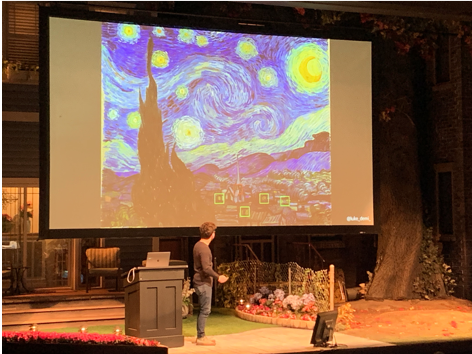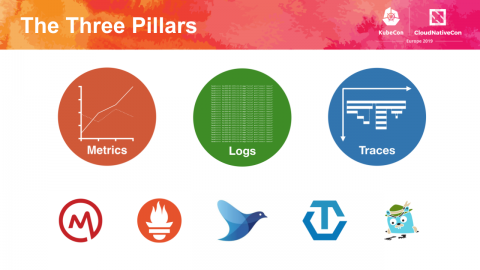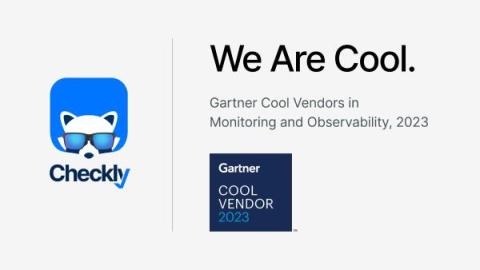Notes from Observability Roundtables
The Velocity conference happened recently, and as part of it we (Honeycomb) hosted a sort of reverse-panel discussion, where you talked, and we listened. You may be aware that we’re in the process of developing a maturity model for the practice of observability–and we’re taking every opportunity we have to ask questions and get feedback from those of you who are somewhere along the path.










